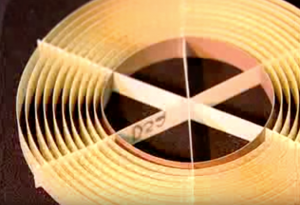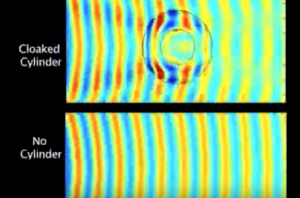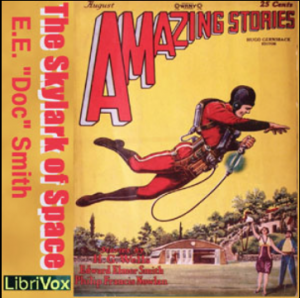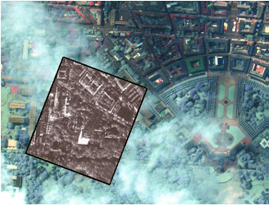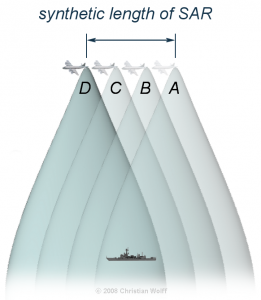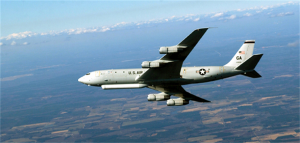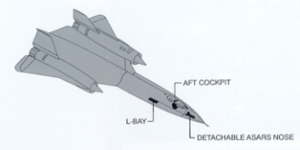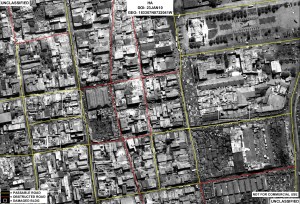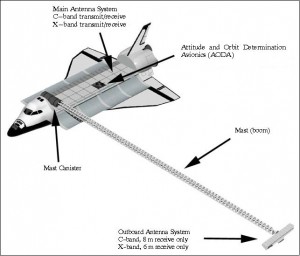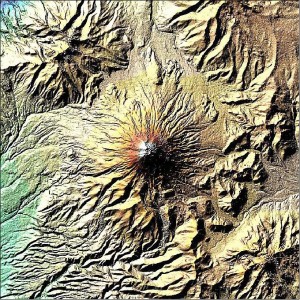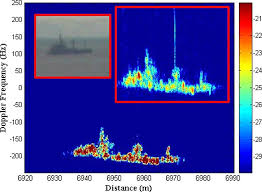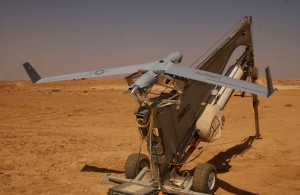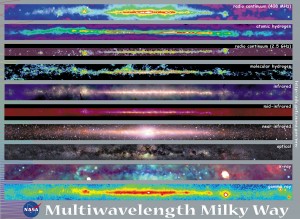Updated 18 March 2020
Peter Lobner
There are two U.S. firms that have succeeded in launching and recovering a booster rocket that was designed to be reusable. These firms are Jeff Bezos’ Blue Origin and Elon Musk’s SpaceX. Their booster rockets are designed for very different missions.
- Blue Origin’s New Shepard booster and capsule are intended for brief, suborbital flights for space tourism and scientific research. The booster and capsule will be “man-rated” for passenger-carrying suborbital missions.
- In contrast, SpaceX’s Falcon 9 booster rocket is designed to deliver a variety of payloads to Earth orbit. The payload may be the SpaceX Dragon capsule or a different civilian or military spacecraft. Currently, the Falcon 9 booster and Dragon capsule are not “man-rated” for orbital missions. SpaceX is developing a crewed version of the Dragon capsule that, in the future, will be used to deliver and return crewmembers for the International Space Station (ISS).
Both firms cite a cost advantage of recovering and reusing an expensive booster rocket and space capsule. Let’s see how they’re doing.
Blue Origin
The basic flight profiles of a single-stage, single engine New Shepard booster and capsule are shown in the following diagram. The primary goals of each flight are to boost the capsule and passengers above 62.1 miles (100 km), safely recover the capsule and passengers, and safely recover the booster rocket. You can see in the diagram that the booster rocket and the capsule separate after the booster’s rocket engine is shutdown and they are recovered separately. At separation, the booster and capsule are traveling at about Mach 3 (about 1,980 mph, 3,186 kph). The orientation of the booster rocket is controlled during descent and the rocket engine is restarted once at low altitude to bring the booster to a soft, vertical landing. Both the booster rocket and the capsule are designed for reuse.
On 23 November 2015, Blue Origin made history when, on its first attempt, the New Shepard booster completed a suborbital flight that culminated with the autonomous landing of the booster rocket near the launch site in west Texas. The capsule landed nearby under parachutes. You can view a video of this historic flight at the following link:
https://www.youtube.com/watch?v=9pillaOxGCo
This same New Shepard booster was launched again on 22 January 2016, completed the planned suborbital flight, and again made an autonomous safe landing. This flight marked the first reuse of a booster rocket.
Again using the same hardware, New Shepard was launched on its third flight and safely recovered on 2 April 2016. On this flight, the rocket engine was re-started at a lower altitude (3,635 feet, 1,107 m) than on the previous flights to demonstrate the fast startup of the engine. The booster rocket made an on-target landing, touching down at a velocity of 4.8 mph (7.7 kph).
You can view a short video of the third New Shepard flight at the following link:
https://www.blueorigin.com/news/news/pushing-the-envelope#youtubeYU3J-jKb75g
In this video, the view from the capsule at 64.6 miles (104 km) above the Earth is stunning. As the landing of the booster rocket approaches, it is dropping like a stone until the rocket engine powers up, quickly stops the descent, and brings the booster rocket in for an accurate, soft, vertical landing.
So, the current score for Blue Origin is 3 attempts and 3 successful soft, vertical landings in less than 5 months. The same New Shepard booster was used all three times (i.e., it has been reused twice).
Refer to the Blue Origin website at the following link for more information.
SpaceX Falcon 9 (F9R)
The basic flight profile for a two-stage Falcon 9 recoverable booster on an orbital mission is shown in the following diagram. For ISS re-supply missions, the target for the Dragon capsule is in a near-circular orbit at an altitude of about 250 miles (403 km) and an orbital velocity of about 17,136 mph (27,578 kph). The first stage shuts down and separates from the second stage at an altitude of about 62.1 miles (100 km) and a speed of about 4,600 mph (7,400 kph, Mach 7). These parameters are for illustrative purposes only and will vary as needed to meet the particular mission requirements. The second stage continues into orbit with a Dragon capsule or other payload.
The nine-engine first stage carries extra fuel to enable some of the booster rockets to re-start three times after stage separation to adjust trajectory, decelerate, and make a soft vertical landing on an autonomous recovery barge floating in the ocean 200 miles (320 km) or more downrange from the launch site.
The empty weight of the recoverable version of the Falcon 9 first stage (the F9R) is 56,438 pounds (25,600 kg,), which is about 5,511 pounds (2,500 kg) more than the basic, non-recoverable version (V1.1). The added fuel and structural weight to enable recovery of the first stage reduces the payload mass that can be delivered to orbit.
The autonomous “drone” barge is a very small target measuring about 170 ft. × 300 ft. (52 m × 91 m). It is equipped with azimuthal thrusters that provide precise positioning using GPS position data. The Falcon 9 booster knows where the drone barge should be. The Falcon 9’s four landing legs span 60 ft. (18 m), and all must land on the barge.
SpaceX made a series of unsuccessful attempts to land on a drone barge before their first successful landing:
- 10 January 2015: First attempt; hard landing; booster destroyed.
- 11 February 2015: High seas prevented use of the barge. Instead, the Falcon 9 first stage was flown to a soft, vertical landing in the ocean, simulating a barge landing.
- 14 April 2015: Second attempt; successful vertical landing but the booster toppled, likely due to remaining lateral momentum.
- 7 January 2016: Third attempt; successful vertical landing but the booster toppled, likely due to a mechanical failure in one landing leg.
- 4 March 2016: Fourth attempt, with low fuel reserve and using only three engines; hard landing; booster destroyed.
On 8 April 2016, a Falcon 9 booster was launched from Cape Canaveral on an ISS re-supply mission. The first stage of this booster rocket became the first to make a successful landing on the drone barge downrange in the Atlantic.
You can view a short video of the Falcon 9 booster landing on the drone barge at the following link:
https://www.youtube.com/watch?v=RPGUQySBikQ
In the video, you will note the barge heaving in the moderate seas. After landing, the 156 foot (47.5 m) tall booster rocket is just balanced on its landing legs. Before the barge can be towed back to port, crew must board the barge and secure the booster. This is done by placing “shoes” over the landing feet and welding the shoes to the deck of the barge. Once back at Cape Canaveral, the booster will be examined and the rocket engine will be test fired to determine if the first stage can be reused.
Previously, on 21 December 2015, SpaceX successfully launched its Falcon 9 booster on an orbital mission and then landed the first stage back on the ground at Cape Canaveral. As shown in the diagram below, this involved a very different flight profile than for a Falcon 9 flight with a landing on the downrange drone barge. For the December 2015 flight, the Falcon 9 first stage had to reverse direction to fly back to Cape Canaveral from about 59 miles (95 km) downrange and then decelerate and maneuver for a soft, vertical landing about 10 minutes after launch.
After recovering the booster, the Falcon 9 was inspected and the engines were successfully re-tested on 15 January 2016, on a launch pad at Cape Canaveral. I could not determine if this Falcon 9 first stage has been reused.
So, the current score for SpaceX is 6 attempts (not counting the February 2015 soft landing in the ocean) and 2 successes (one on land and one on the drone barge) in 15 months.
Refer to the SpaceX website at the following link for more information.
The bottom line
In the above diagram for the December 2015 Falcon 9 flight, the relative complexity of a typical New Shepard flight profile and the Falcon 9 flight profile with return to Cape Canaveral is clear. The Falcon 9 flight profile for a landing on the small, moving, down-range drone barge is even more complex.
The New Shepard sub-orbital mission is much less challenging than any Falcon 9 orbital mission. Nonetheless, both booster rockets face very similar challenges as they approach the landing site to execute an autonomous, soft, vertical landing.
Both Blue Origin and SpaceX have made tremendous technological leaps in demonstrating that a booster rocket can make an autonomous, soft, vertical landing and remain in a condition that allows its reuse in a subsequent mission. Blue Origin actually has reused their booster rocket and capsule twice, further demonstrating the maturity of reusable rocket technology.
It remains to be seen if this technology actually delivers the operating cost savings anticipated by Blue Origin and SpaceX. I hope it does. When space tourism becomes a reality, the hoped-for cost benefits of reusable booster rockets and spacecraft could affect my ticket price.
18 March 2020 Update: Four years later
On 6 March 2020, SpaceX launched its 20th commercial resupply services mission (CRS-20) to the International Space Station (ISS). The successful launch concluded with the 50thsuccessful landing of the first stage of a Falcon 9 launch vehicle. On this mission, the first stage flew back for a landing at Cape Canaveral in the windiest conditions encountered to date, 25 to 30 mph. This was the last launch with the original cargo-only version of the Dragon capsule. Subsequent launches will use 2nd-generation Dragon capsules that are roomier and designed to also accommodate astronauts.
About two weeks later, on 18 March 2020, SpaceX launched another successful Falcon 9 mission, for the first time using a first stage that had flown on four prior missions. The satellite payload was launched into the intended orbit. However, a malfunction in one of nine first stage engines prevented recovery of the booster rocket.
On 11 December 2019, Blue Origin reported that New Shepard mission NS-12 was successfully completed. “This was the 6th flight for this particular New Shepard vehicle. Blue Origin has so far reused two boosters five times each consecutively, so today marks a record with this booster completing its 6th flight to space and back.”
Booster reusability has become a reality for SpaceX and Blue Origin, and other firms are following their lead by developing new reusable launch vehicles. These are encouraging steps toward more economic access to Earth orbit and beyond. Both SpaceX and Blue Origin have advanced reusable launch vehicle technology significantly in the past four years. Both soon will begin human space flight using their respective launch vehicles and space capsules.
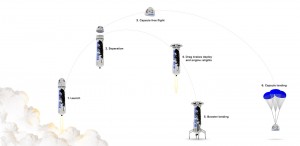
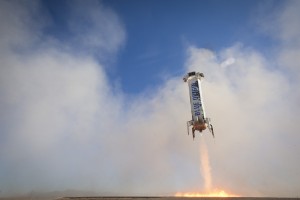
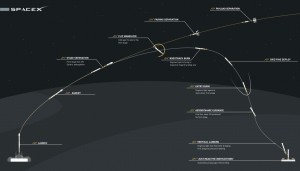
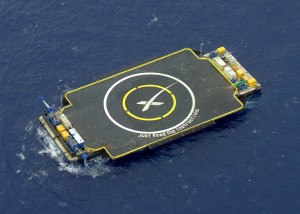
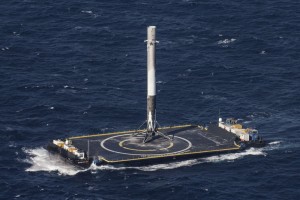
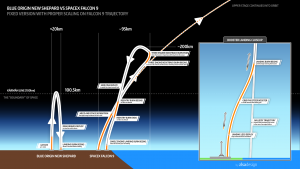

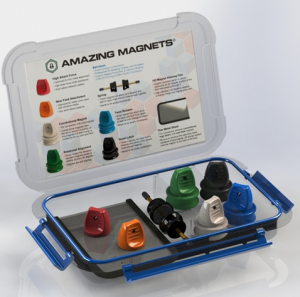
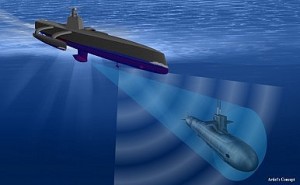
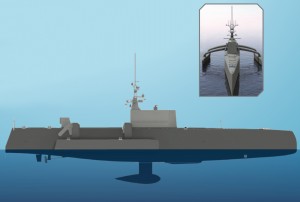
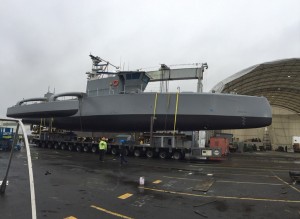
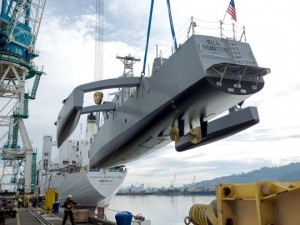
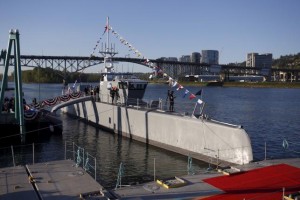
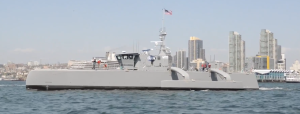
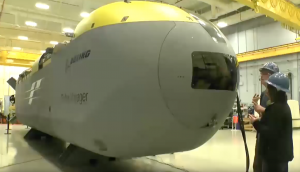
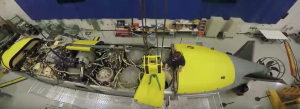
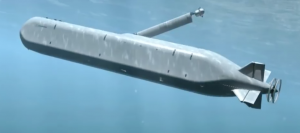
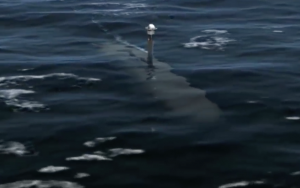
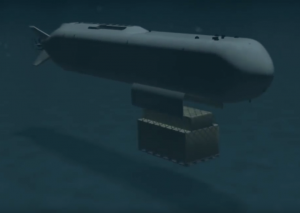
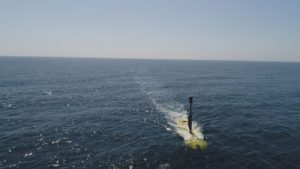 Echo Voyager operating near the surface with mast extended. Source. Boeing
Echo Voyager operating near the surface with mast extended. Source. Boeing